Does the Windows Update fail to install updates for your Windows 7 computer? Don’t worry… Although it’s incredibly frustrating, you’re definitely not the only one to experience this problem. And more importantly, it’s fixable…
Try these fixes:
You don’t have to try them all; just work your way down the list until you find the one that works for you.
- Run the Windows Update troubleshooter
- Reset Windows Update components
- Install the updates for your system manually
Fix 1: Run the Windows Update troubleshooter
The Windows Update troubleshooter detects and tries to fix problems with Windows Update. To run the troubleshooter:
- Click the Start button in the lower-left corner of your screen, then type “troubleshoot“.

- Click Troubleshooting in the search results.

- Click Fix problems with Windows Update.
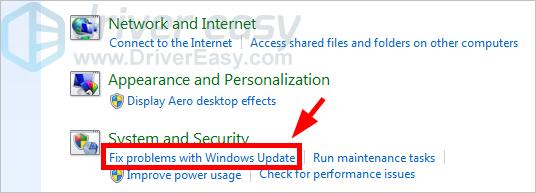
- Click Next.
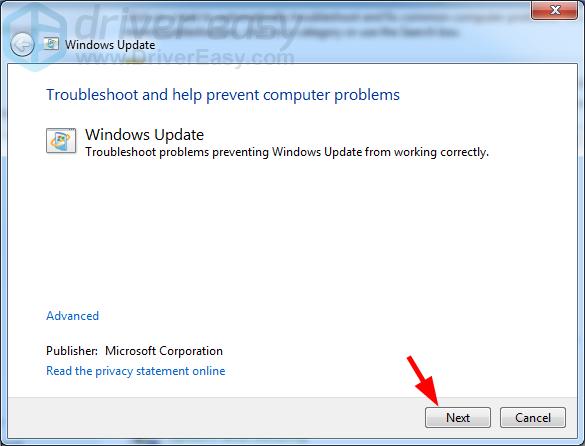
- Wait for the checking process to be complete.
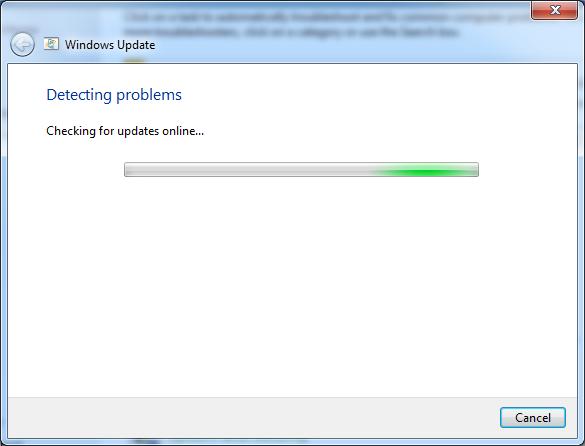
- If you see any errors or problems, follow the on-screen instructions of the troubleshooter to fix them.
If the troubleshooter fixed your Windows Update problem, great! But if not, there are still two more fixes for you to try…
Fix 2: Reset Windows Update components
Windows Update may not be working properly because of the corrupted Windows Update components on your computer. To resolve this problem, you should reset the components:
- Click the Start button in the lower-left corner of your screen, then type “cmd“.

- Right-click cmd.exe and select Run as administrator.
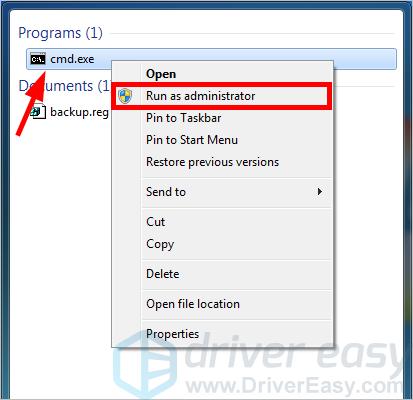
- At Command Prompt, type the following lines of command and press Enter on your keyboard after typing each:
net stop bits net stop wuauserv net stop appidsvc net stop cryptsvc
These commands stop the Windows Update-related system services. - At Command Prompt, type these lines of command and press Enter after typing each in Command Prompt:
ren %systemroot%\SoftwareDistribution SoftwareDistribution.old ren %systemroot%\system32\catroot2 catroot2.old
These commands will rename the SoftwareDistribution and catroot2 folder, which are used by Windows Update to store temporary files. When they are renamed, Windows Update will think these folders are missing, and create new ones. The purpose of this is to force your system to use the new SoftwareDistribution and catroot2 folders so that you avoid the Windows Update issues caused by the old folders. - At Command Prompt, type these commands and press Enter after each:
net start bits net start wuauserv net start appidsvc net start cryptsvc
These commands start the Windows Update-related system services.
Now check to see if this resolves your Windows Update problem. Hopefully it did. But if not, you may need to…
Fix 3: Install the updates for your system manually
You can also download and install the update manually if Windows Update fails to do that for you. Here’s how to do so:
- Click the Start button in the lower-left corner of your screen. Then type “information“.

- Click System Information.
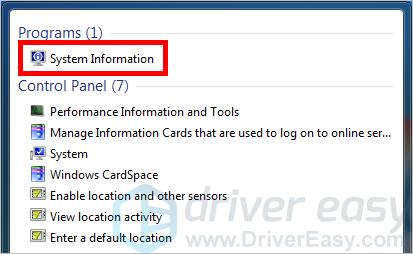
- In the System Information window, note down the value of System Type. Its value is usually x64-based, x86-based or ARM64-based.

- On Windows Update, click View update history.
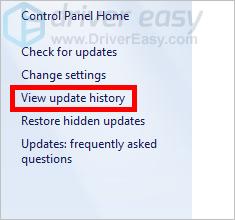
- Note down the code of the updates that failed to install. Note down the codes that start with “KB“.

- Go to Microsoft Update Catalog. Then search for the update that failed to install.
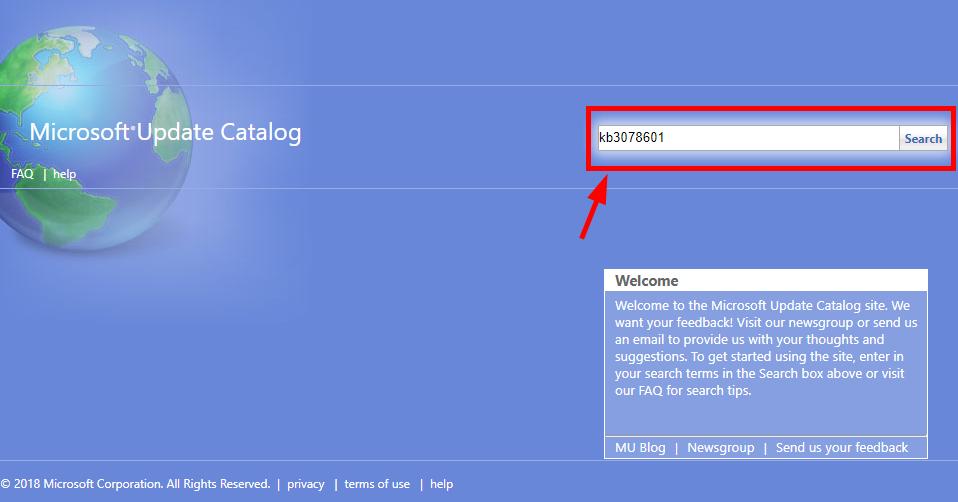
- In the search results, find the update that matches your system type (x86-, x64- or ARM64-based). Then click Download next to that update.

- Click the link on the new window to download the update.

- Open the file you’ve just downloaded and follow the on-screen instructions to install the update.

Hopefully, one of the fixes above worked for you. If you have any questions or suggestions, feel free to leave us a comment below.





